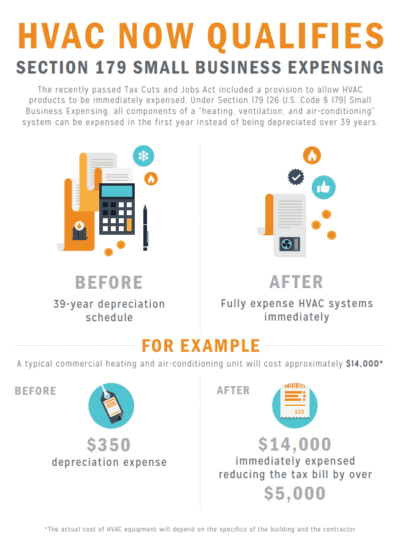The Ultimate Guide To Understanding Warm Pumps - Exactly How Do They Function?
The Ultimate Guide To Understanding Warm Pumps - Exactly How Do They Function?
Blog Article
Writer-Gissel Bland
The very best heat pumps can conserve you considerable quantities of money on energy expenses. They can likewise help in reducing greenhouse gas discharges, especially if you utilize electricity in place of nonrenewable fuel sources like lp and heating oil or electric-resistance heating systems.
Heat pumps function very much the like ac unit do. This makes them a viable alternative to standard electric home heater.
Just how They Work
Heatpump cool homes in the summer and, with a little aid from electrical power or gas, they give a few of your home's home heating in the winter months. They're an excellent alternative for people that wish to reduce their use of fossil fuels however aren't ready to replace their existing heating system and cooling system.
They rely upon the physical truth that also in air that appears as well chilly, there's still power existing: cozy air is constantly moving, and it intends to move into cooler, lower-pressure settings like your home.
Many ENERGY STAR licensed heat pumps run at near their heating or cooling capacity throughout most of the year, lessening on/off cycling and conserving energy. For the very best efficiency, focus on systems with a high SEER and HSPF score.
The Compressor
The heart of the heatpump is the compressor, which is also known as an air compressor. This mechanical streaming device uses prospective power from power development to increase the pressure of a gas by decreasing its volume. It is different from a pump because it only works with gases and can't collaborate with fluids, as pumps do.
Atmospheric air enters the compressor through an inlet valve. It circumnavigates vane-mounted arms with self-adjusting length that separate the interior of the compressor, developing several tooth cavities of differing size. The rotor's spin forces these cavities to move in and out of phase with each other, pressing the air.
The compressor pulls in the low-temperature, high-pressure refrigerant vapor from the evaporator and compresses it right into the warm, pressurized state of a gas. This process is duplicated as needed to supply home heating or air conditioning as required. The compressor also contains a desuperheater coil that reuses the waste warmth and adds superheat to the refrigerant, transforming it from its fluid to vapor state.
The Evaporator
The evaporator in heat pumps does the exact same point as it does in fridges and air conditioning system, changing liquid refrigerant into an aeriform vapor that gets rid of warm from the area. Heatpump systems would certainly not function without this crucial piece of equipment.
This part of the system is located inside your home or structure in an interior air trainer, which can be either a ducted or ductless system. It contains an evaporator coil and the compressor that compresses the low-pressure vapor from the evaporator to high pressure gas.
Heat pumps soak up ambient warm from the air, and then utilize electrical power to move that warmth to a home or service in home heating mode. That makes them a great deal much more energy reliable than electrical heating systems or heating systems, and due to the fact that they're making use of clean power from the grid (and not burning fuel), they likewise produce much less emissions. That's why heat pumps are such great ecological options. (And also a massive reason they're ending up being so popular.).
The Thermostat.
Heatpump are excellent options for homes in cold climates, and you can use them in mix with typical duct-based systems or even go ductless. https://thebusinessjournal.com/from-wine-to-seasoning-raisins-to-ac-repair-family-owned-business-award-honorees-named/ 're a great alternate to fossil fuel heating systems or standard electric heaters, and they're a lot more sustainable than oil, gas or nuclear heating and cooling equipment.
Your thermostat is one of the most important component of your heatpump system, and it functions extremely differently than a conventional thermostat. https://keeganqjymb.tkzblog.com/29202312/making-best-use-of-comfort-and-financial-savings-tips-for-optimizing-your-heat-pump-efficiency (all non-electronic ones) job by utilizing materials that change dimension with enhancing temperature, like curled bimetallic strips or the broadening wax in an automobile radiator shutoff.
These strips consist of two various kinds of metal, and they're bolted together to create a bridge that finishes an electrical circuit linked to your HVAC system. As the strip gets warmer, one side of the bridge increases faster than the other, which triggers it to bend and signal that the heater is required. When the heat pump remains in home heating mode, the turning around shutoff turns around the circulation of refrigerant, to make sure that the outdoors coil currently works as an evaporator and the interior cyndrical tube becomes a condenser.